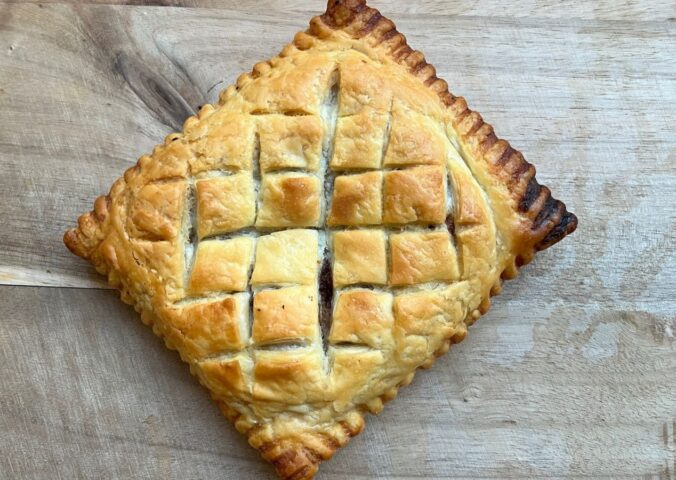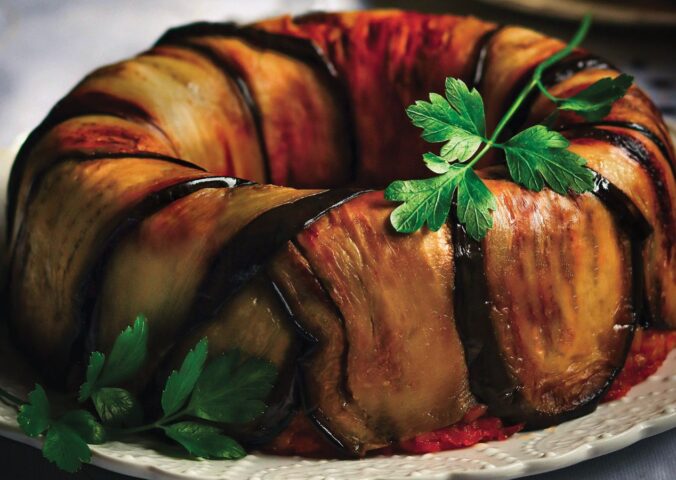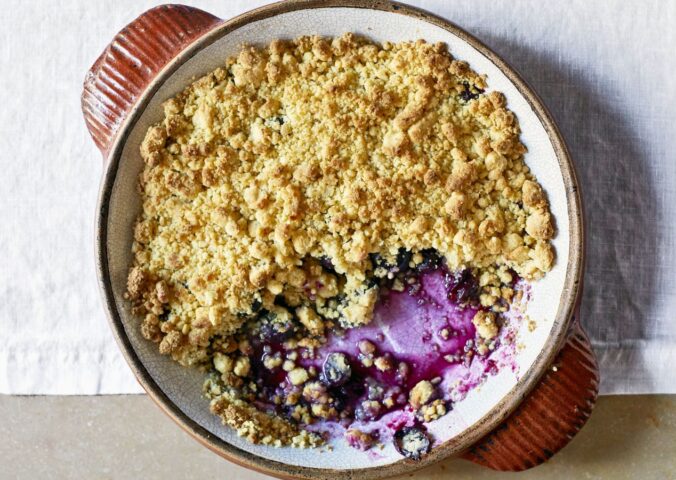Humans need to eat omega-3 fatty acids as part of a well-balanced diet to achieve optimal health. While many people associate omega-3 with oily fish or supplementary animal-derived oils, there are plenty of plant-based ingredients that also contain the essential nutrients.
Walnuts, Brussels sprouts, chia seeds, and flaxseeds are all ideal plant-based sources of omega-3, and the 20 vegan recipes below detail just some of the unique ways to cook with them. But first, let’s dive into exactly how and exactly why omega-3 is important – as well as some of the reasons that some people may still want to consider a plant-based supplement.
Please note: this is intended as a general guide only. You should always consult a doctor or health professional if you have questions about omega-3 intake.
Read more: Major 20-Year Review Finds Plant-Based Diets Reduce Disease Risk
The importance of omega-3
Omega-3 is one of the two major classes of polyunsaturated fatty acids (PUFAS), the other being omega-6. Both are essential for good health, but since the human body can’t produce them intrinsically they must be consumed via food or supplementation.
Studies suggest that omega-3 may help to reduce the risk of cardiovascular disease, dementia, cognitive dysfunction, and infant health and development, as well as age-related macular degeneration. There is some evidence that omega-3 can even ease depression and anxiety, as well as certain autoimmune diseases, but more research is needed in these areas.
Like most nutrients, omega-3 can be found in a wide variety of different plant foods and has a range of other potential health benefits. Plant Based News (PBN) spoke with Lisa Marley, a vegan chef and trained coach in both nutrition and fitness, to learn more about the subject.
“Omega-3 fatty acids are essential for our overall health, particularly for heart health, brain function, and inflammation regulation,” says Marley. “It is important for individuals following a vegan diet to be mindful of their omega-3 intake and include a variety of sources to support their overall health and well-being.”
Read more: Vitamin B12: The Ultimate Guide For Vegans And Vegetarians
Different types of omega-3 and how to absorb them
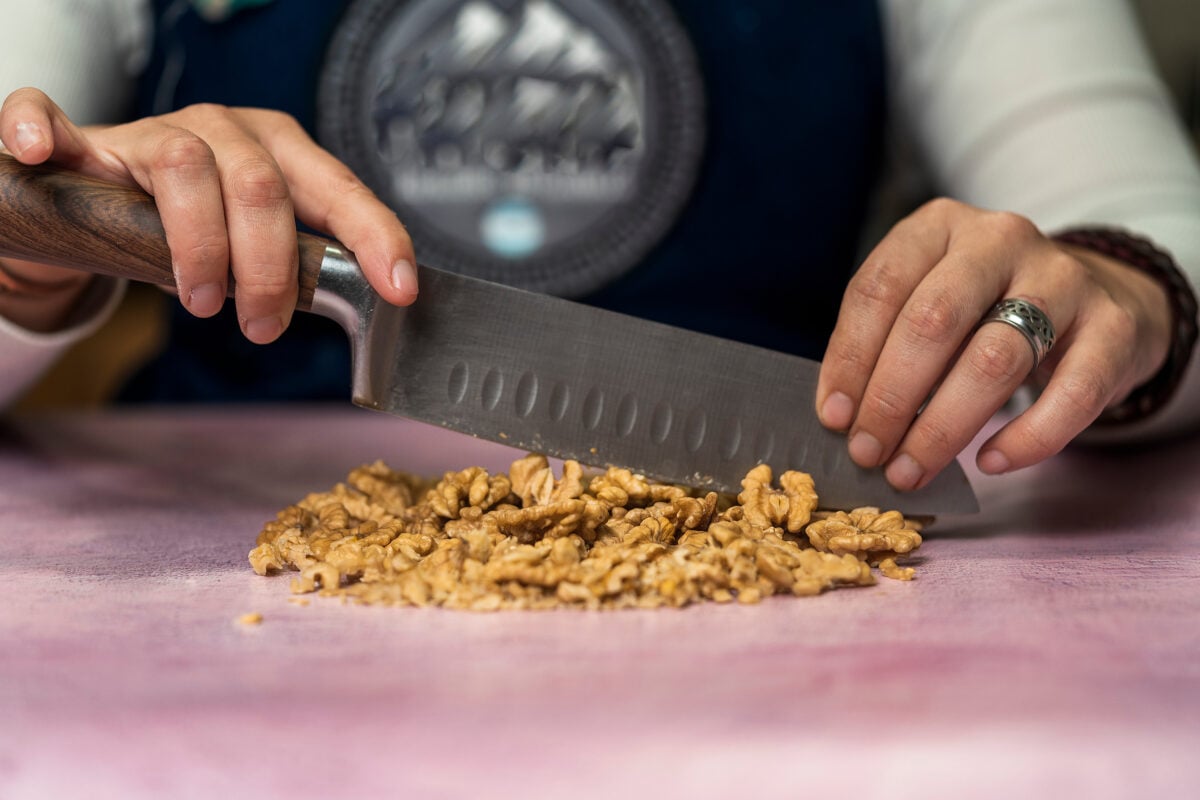
Within the major class of PUFAS that is omega-3, there are three different subtypes:
Alpha-linolenic acid (ALA), which occurs in many plant-based foods; Eicosapentaenoic acid (EPA), found in oily fish and microalgae; and Docosahexaenoic acid (DHA), which exists mostly in animal products and certain algae. Evidence also suggests vegans should supplement DHA through algae-based tablets or oils to ensure they avoid deficiencies.
“When it comes to vegan Omega-3 absorption, it is important to note that ALA, the form found in plant-based sources, needs to be converted in the body to EPA and DHA, the active forms of Omega-3,” says Marley.
“The conversion rate of ALA to EPA and DHA is relatively low,” she adds. “So it is recommended to include direct sources of EPA and DHA, such as algal oil, in the diet to ensure an adequate intake of these important fatty acids.”
While there are few official guidelines for the consumption of omega-3 fatty acids, most health organizations suggest a minimum of 250mg and a maximum of 4g combined EPA and DHA. Because of the low conversion rate, vegans not supplementing with EPA and DHA should aim to consume between 2.2 and 4.4g of plant-sourced ALA per day.
20 vegan omega-3 recipes
The recipes listed below contain a mixture of different foods, cooking styles, and flavors, but each one prioritizes vegan ingredients that are rich in omega-3. However, it might still be a good idea to supplement your essential fatty acids to ensure a good mix of omega-3s.
“It is beneficial for individuals to try and incorporate a variety of these vegan Omega-3 sources into their regular rotation,” says Marley. “By including a variety of sources, individuals can maximize their intake of different types of Omega-3s and ensure they are meeting their nutritional needs.”
Walnuts
“Walnuts are a great source of ALA and can be eaten as a snack, added to salads, or used in baking,” says Marley. One 30g serving of walnuts will provide 2.2g of omega-3, and the versatile nut can easily be added to any meal at any time of day.
Walnut mince burrito bowl

This vegan recipe for a burrito bowl comes to us from Romy London and includes cubed sweet potato, black beans, spicy red peppers, gem lettuce, sweetcorn, and walnut “mince” as a savory and nutritious source of protein. Serve with guacamole and hot sauce.
Find the recipe here.
Chocolate walnut cookies
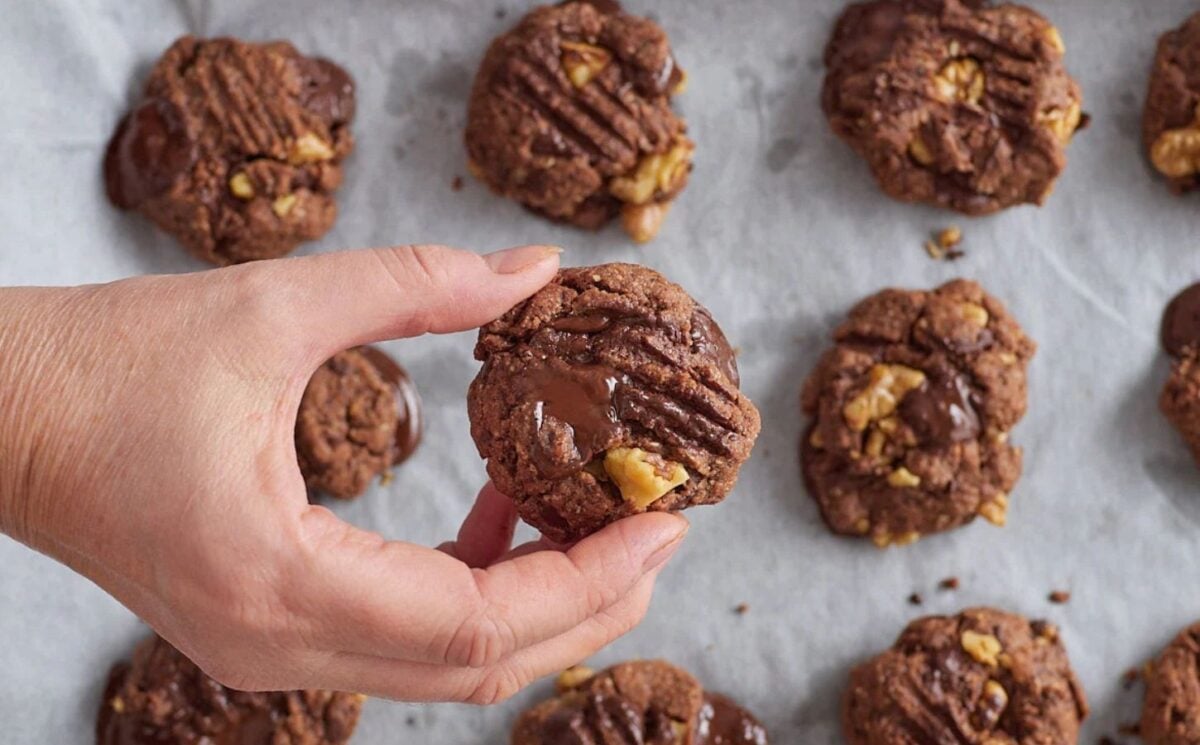
Boost your omega-3 by making these delicious chocolate walnut cookies from Delightful Vegans. Between the walnuts, almond flour, and wheat flour, they’re surprisingly high in protein, too. Serve warm with your favorite tea or coffee.
Find the recipe here.
Banana walnut muffins
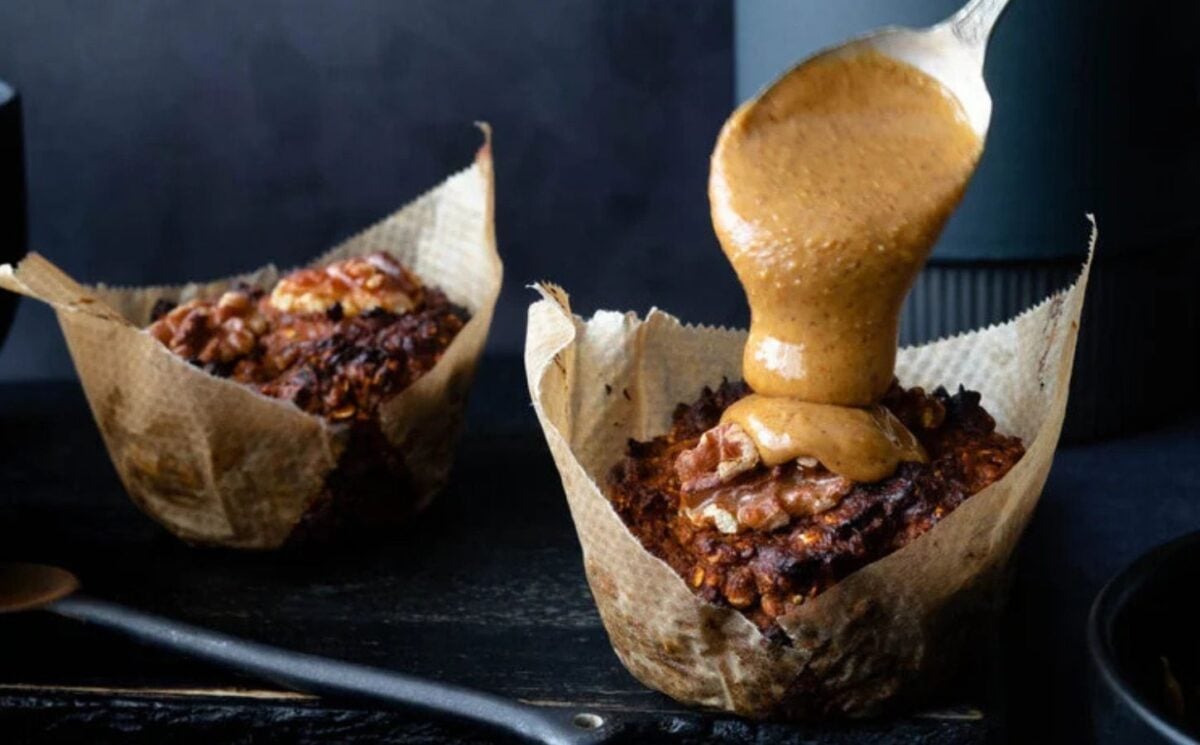
These muffins are free from gluten and refined sugar and can be served with an additional “dollop of smooth peanut butter” on the top. They take less than an hour to make and incorporate dates instead of granulated sugar, adding fiber, B vitamins, and minerals. This innovative and tasty recipe was created by The Vegan Chef School.
Find the recipe here.
Vegan pâté with a plant-based yolk
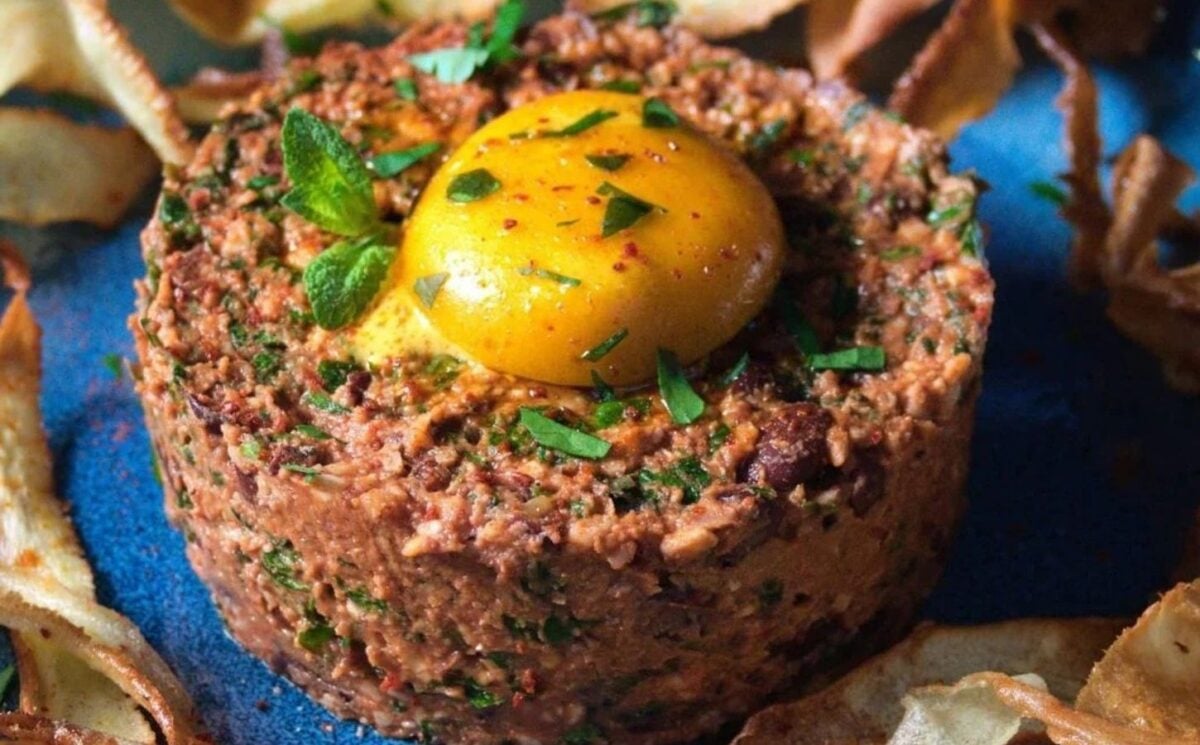
Ticho’s Table combines walnuts, black beans, and chickpeas in a veganized recipe for traditionally the meaty fare of pâté and eggs. The dish is high in protein, fiber, iron, copper, zinc, and more, in addition to omega-3. Recipe creator Jonathan suggests serving it as a starter, rolled into balls as part of mezze, in sandwiches, or even on top of pizza.
Find the recipe here.
Spiced apple loaf cake
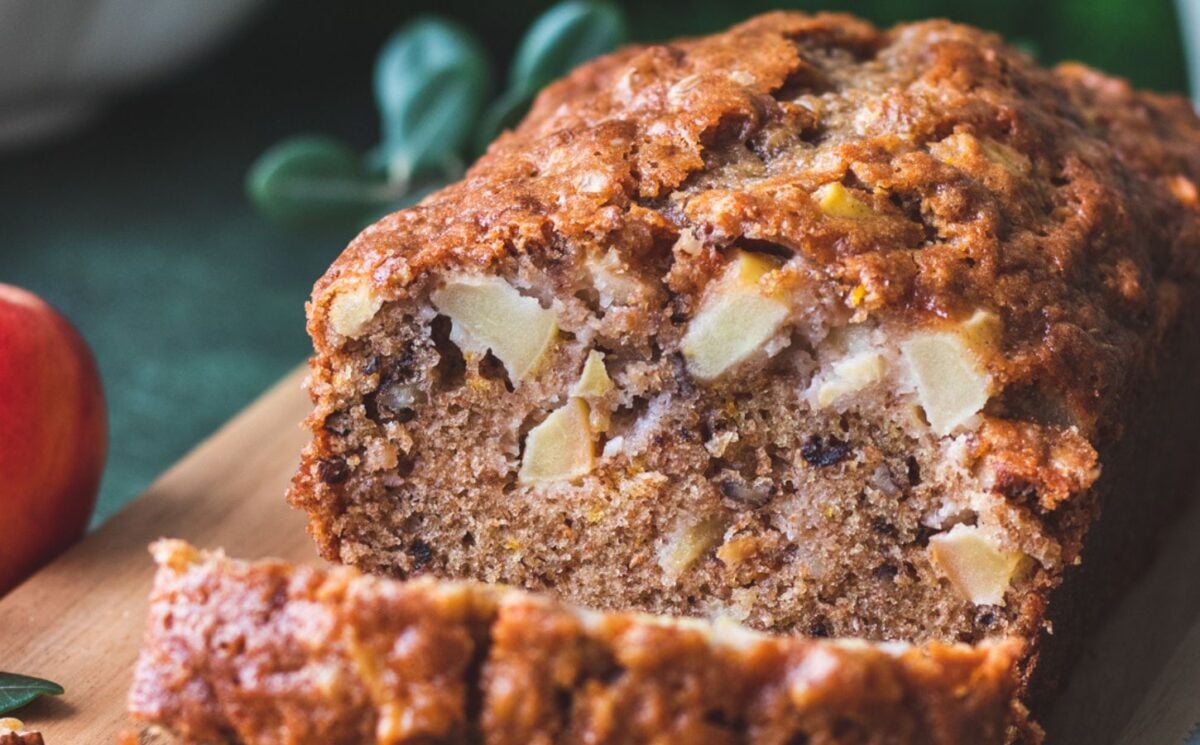
This recipe from JAZZ Apple combines apples and walnuts for a warming, classic cake. Using JAZZ apples will give the cake a well-balanced, sweet-and-tart flavor with chunks of fruit present in the texture. However, you could substitute your preferred variety.
Find the recipe here.
Loaded nachos
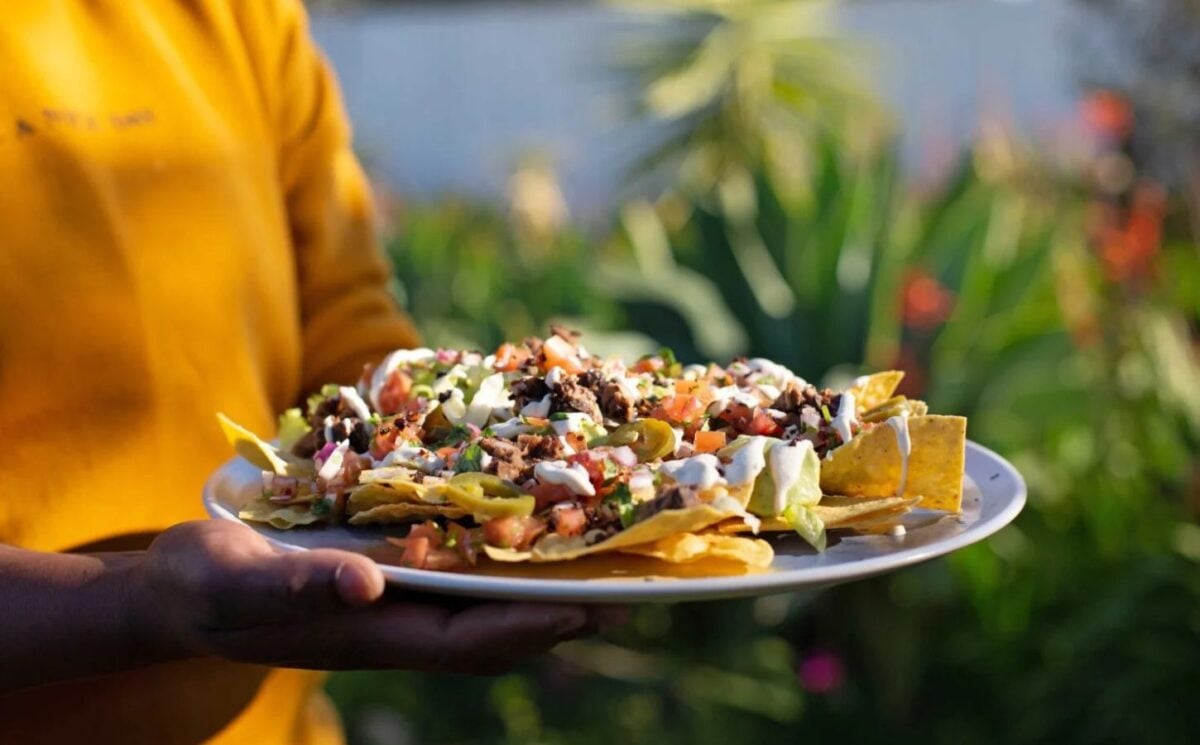
The combination of walnuts and mushrooms makes for a particularly “meaty” vegan protein in these loaded nachos from Mira Weiner. The dish is topped off with refried beans, cashew-based sour cream, guacamole, and pico de Gallo.
Find the recipe here.
Brussels sprouts
According to Healthline, a half-cup of raw Brussels sprouts contains approximately 44mg of the omega-3 ALA, while the same amount of cooked sprouts contains three times as much at 135mg. Sprouts are also particularly rich in vitamin C and vitamin K.
Curried Brussels sprouts
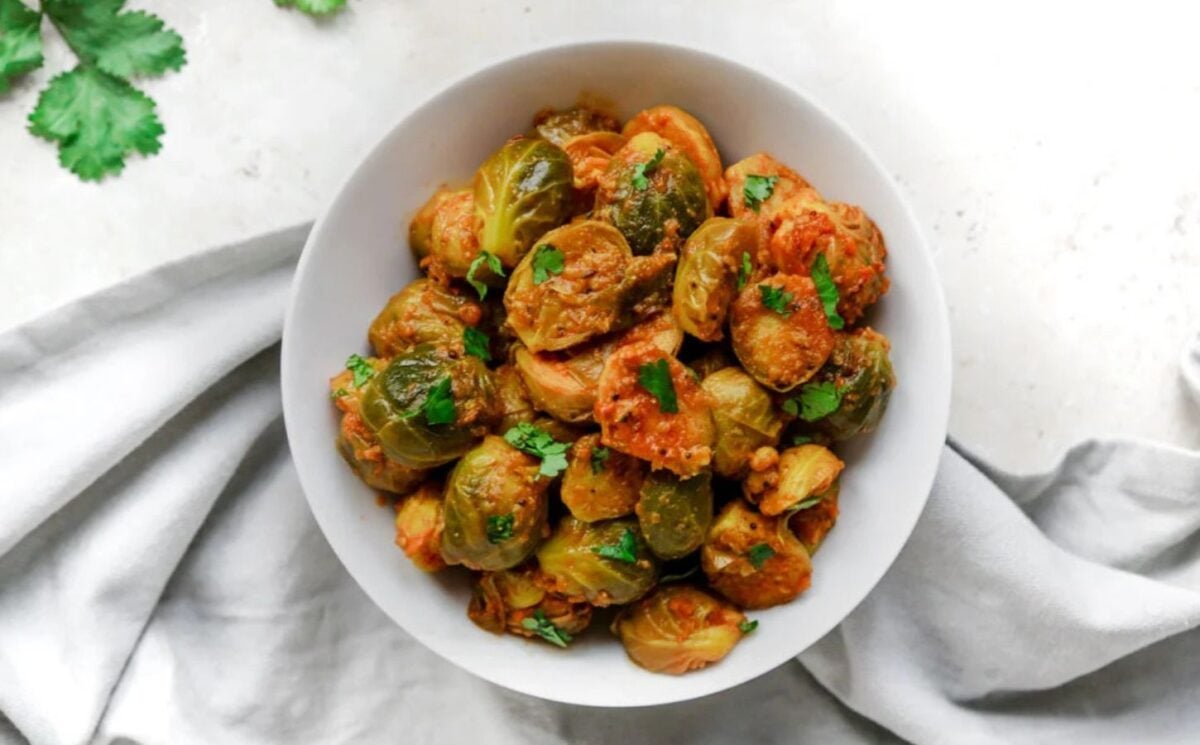
This recipe for curried Brussels sprouts takes under 30 minutes to prep. It was created by Cooking With Parita and works well as a side, starter, or even a snack. Top with coriander.
Find the recipe here.
Creamy Brussels sprout lasagna
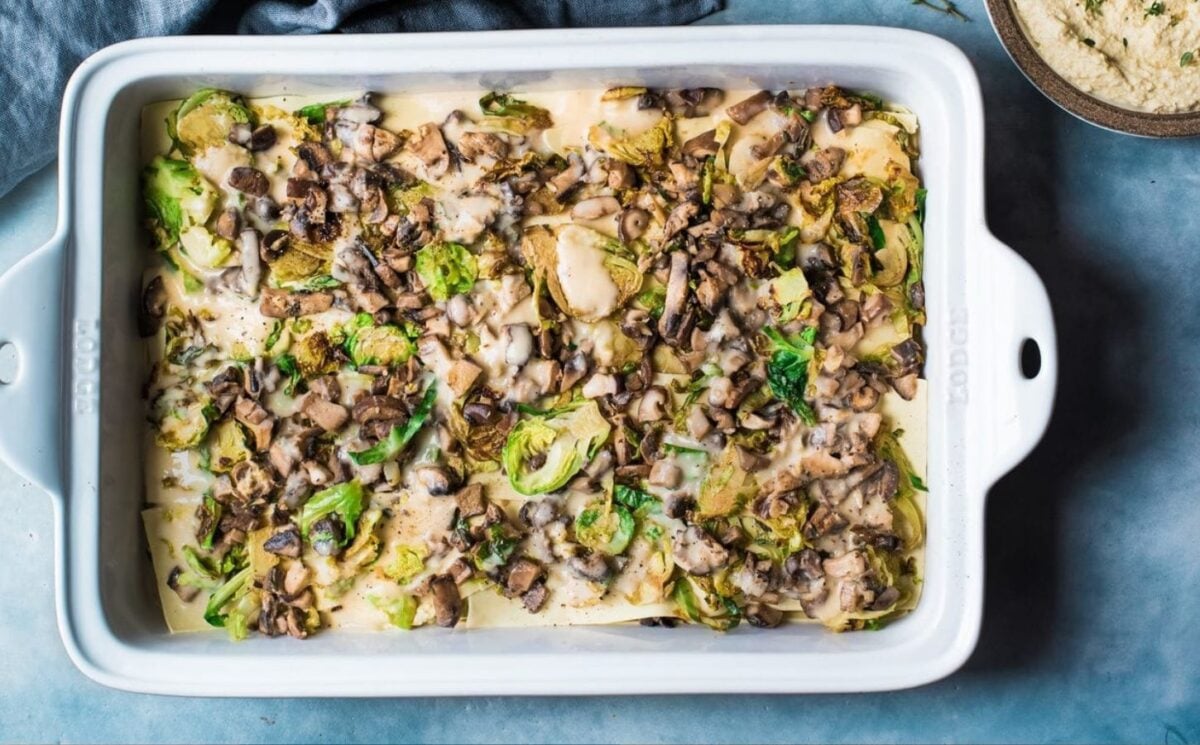
This dish from Rainbow Plant Life combines shredded Brussels sprouts with creamy tofu ricotta and garlic sauce. “This vegan lasagne recipe features all the creaminess and cheesiness of traditional lasagne – but without any animal products,” reads the recipe.
Find the recipe here.
Pesto Brussels sprouts
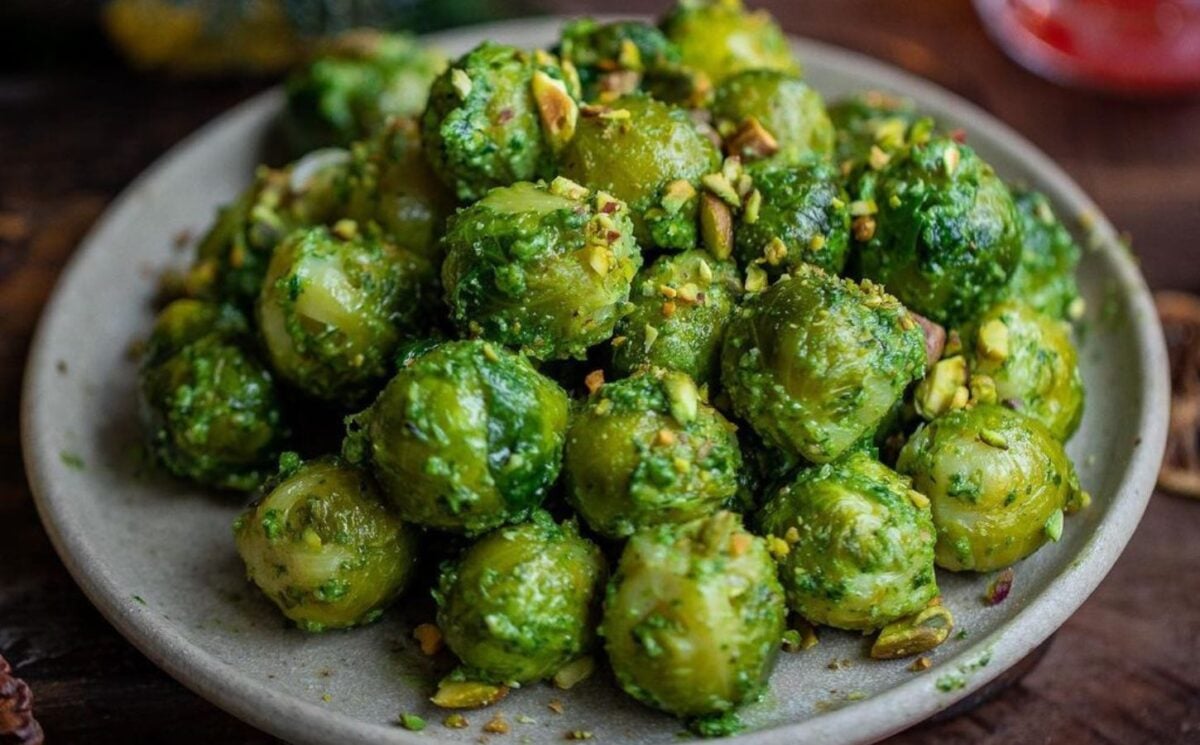
Happy Skin Kitchen created this recipe for pesto Brussels sprouts, making for a livened-up take on the much-maligned green vegetable. The pesto combines pine nuts and basil with nutritional yeast as a vegan substitute for the traditional hard cheese. (In addition to the sprouts, pine nuts also contain omega-3, along with minerals like magnesium.)
Find the recipe here.
Fettuccine alfredo
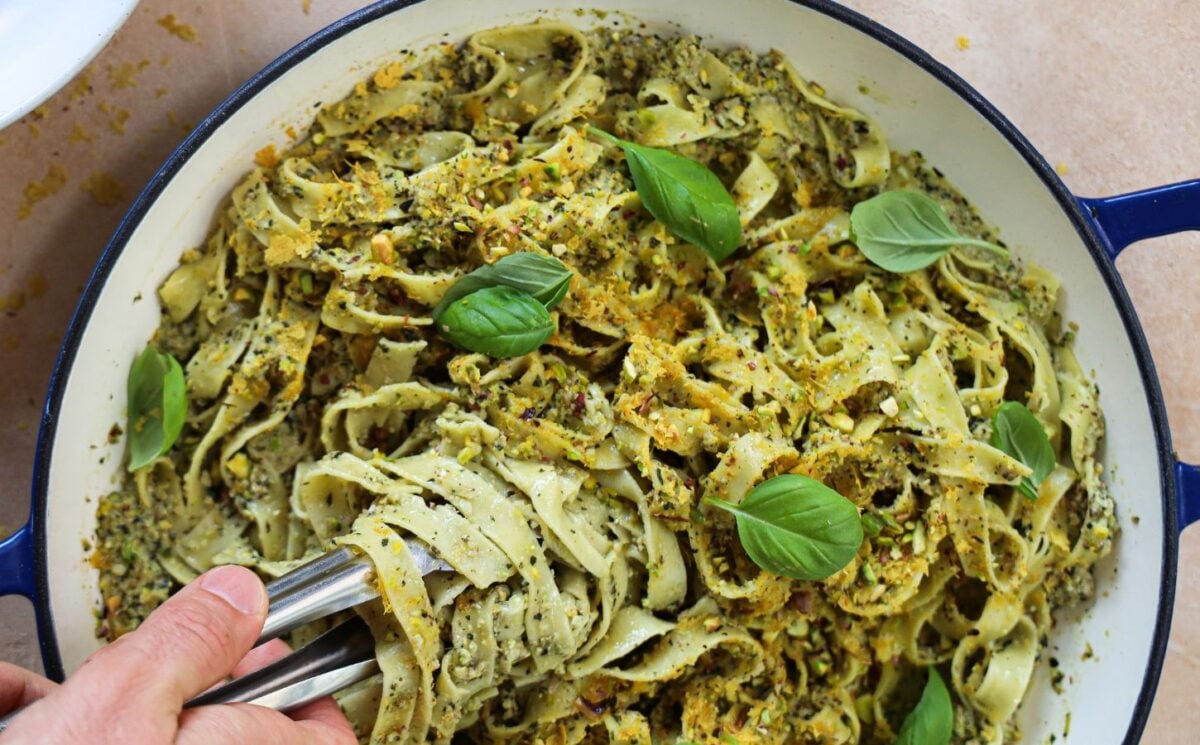
Crow Moon Kitchen’s Italian-style recipe is naturally vegan and easily adapted for a gluten-free diet. It takes just 30 minutes to prepare and also includes nutritional yeast, along with roasted cashews – a source of a minor additional ALA boost – and miso paste.
Find the recipe here.
Chia seeds
“Chia seeds are another excellent source of ALA and can be sprinkled on yogurt, salads, or added to homemade energy bars and slices,” notes Marley. A single tablespoon of chia provides around 1.32g of ALA along with protein, manganese, phosphorus, copper, selenium, iron, magnesium, and calcium.
Oat flour pancakes with chia jam

This dish from Amy Lanza of Nourishing Amy includes a recipe for a simple jam containing minimal ingredients: mixed berries and chia seeds. Chia seeds are known as a natural binder, and the resultant coulis-jam-sauce is sweet and perfect for pancakes. (In addition to chia’s ALA-rich nutritional profile, oat flour also includes a small quantity of omega-3.)
Find the recipe here.
Chia and oat pancakes
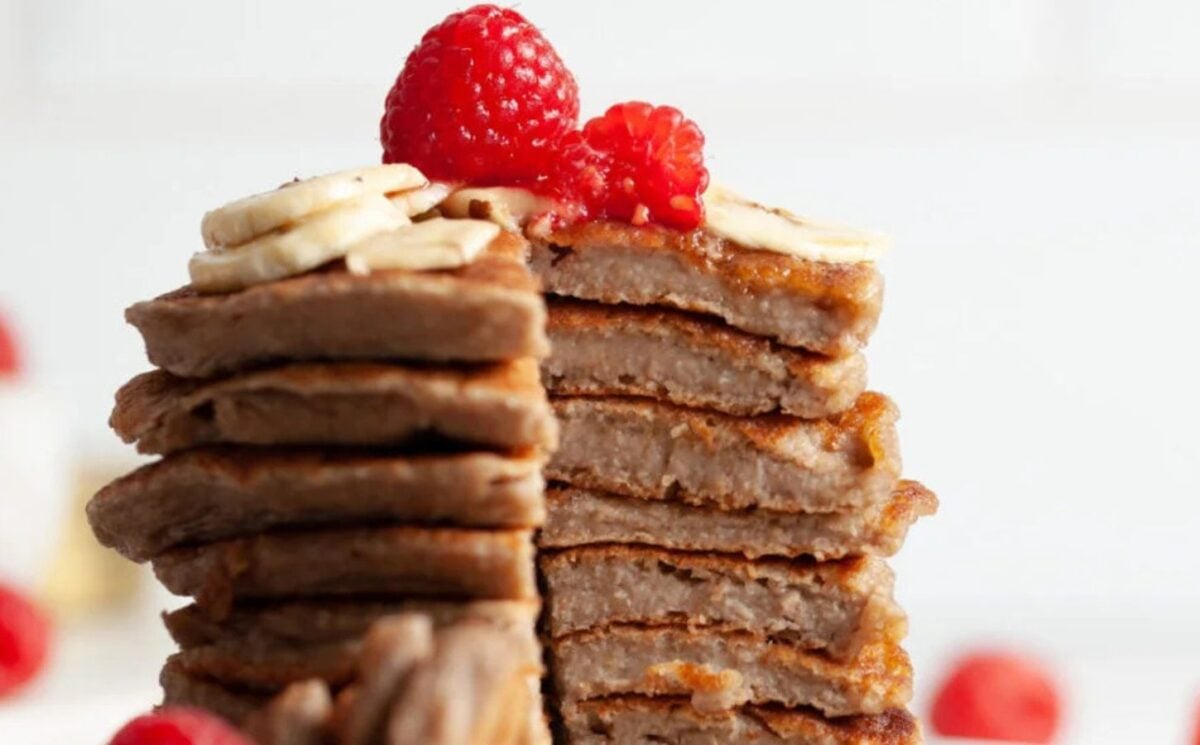
Another chia-and-oat-based pancake recipe, this one comes to us from So Vegan. The batter combines quick-cook oats, a banana, and chia seeds – either ground or whole – to get the ideal consistency. Serve with raspberries and maple syrup.
Find the recipe here.
Strawberries and cream chia cheesecake
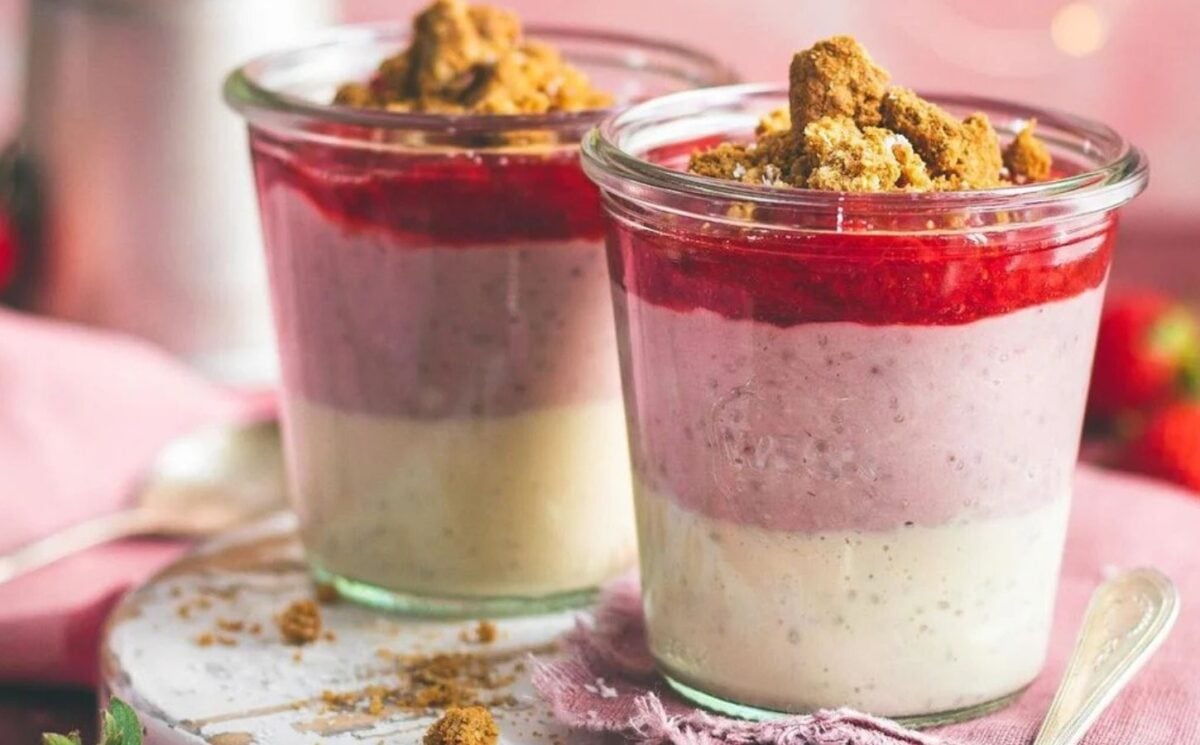
The Zesty Lime created this recipe for a vegan cheesecake using silken tofu and chia seeds, topped with a fruit compote and covering a digestive-based crust on the bottom.
Find the recipe here.
Chocolate, chia, and peanut parfaits
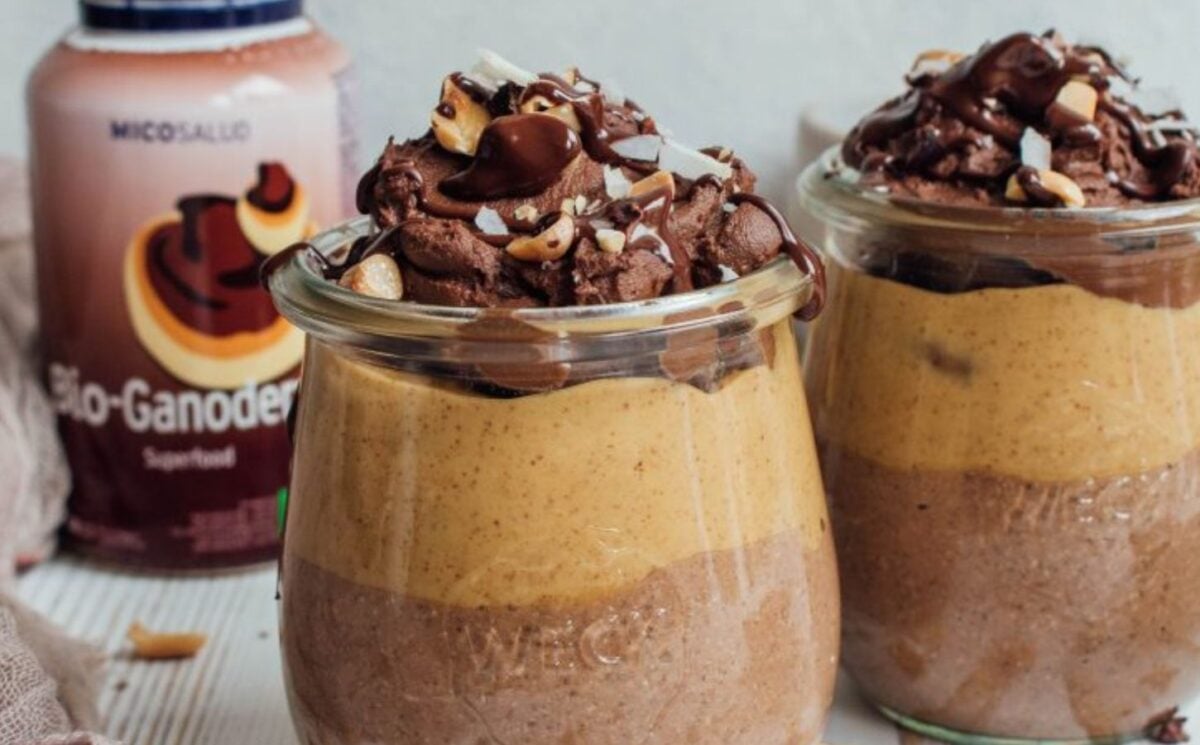
Another one from Happy Skin Kitchen, these parfaits also incorporate chia seeds as a nutritious and flavorsome binder. “They are just the perfect dessert or the perfect snack/afternoon treat when you crave something sweet,” says creator Elisa.
Find the recipe here.
Flaxseed
“Some of the best sources of vegan Omega-3 include flax seeds as they are one of the richest plant-based sources of [ALA],” says Marley. “Ground flaxseeds can be easily added to smoothies, porridge, or bakes. […] Personally, I enjoy cooking with and eating flaxseeds and chia seeds as they are versatile and easy to incorporate into my daily meals.”
Gluten-free asparagus quiche

This high-protein and gluten-free quiche from The Garden Party’s Rachel Steenland combines ground flax seeds with quinoa for the crust, and tofu with vegetables for the filling.
Find the recipe here.
Mulled cider apple trifle
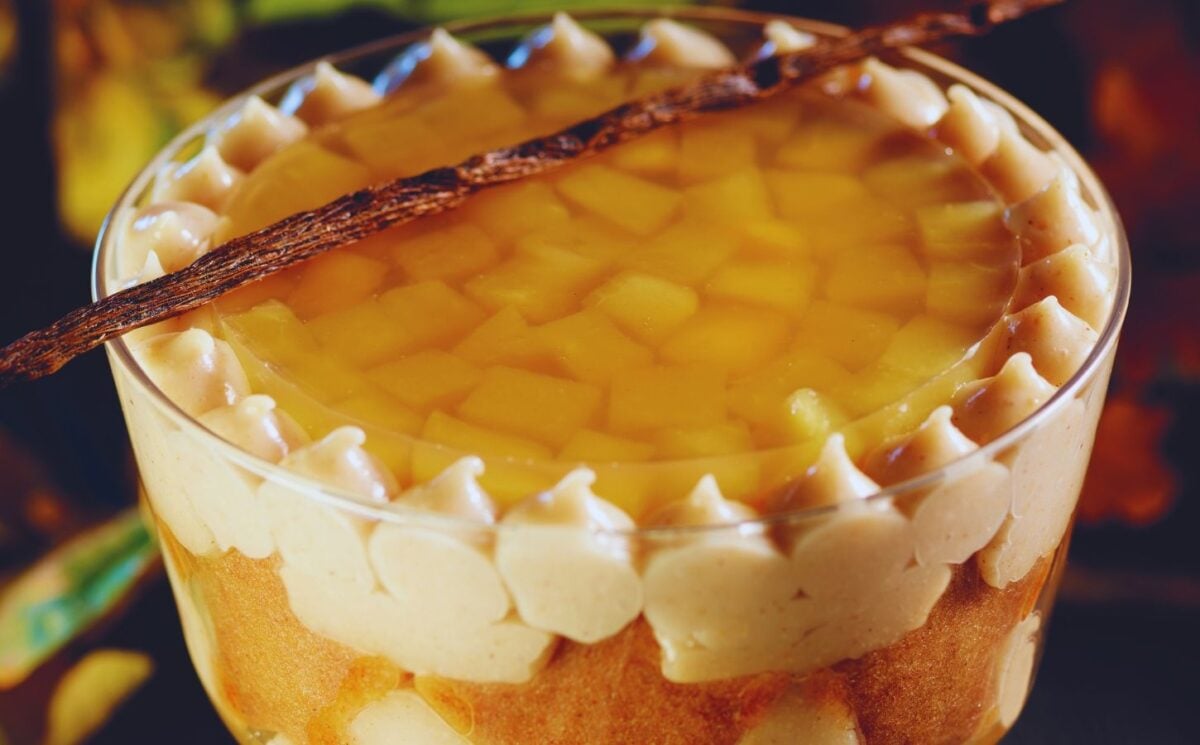
“This mulled cider and apple trifle has multiple components you’ll make from scratch,” says Vegans Deserve Better Than a Fruit Salad author Danielle Maupertuis. “With a delicious spicy mulled cider jelly, spiced vegan custard, almond sponge, gingerbread, and apple compote, this vegan trifle is like nothing you’ve tried before.”
Find the recipe here.
Crispy green bean fries
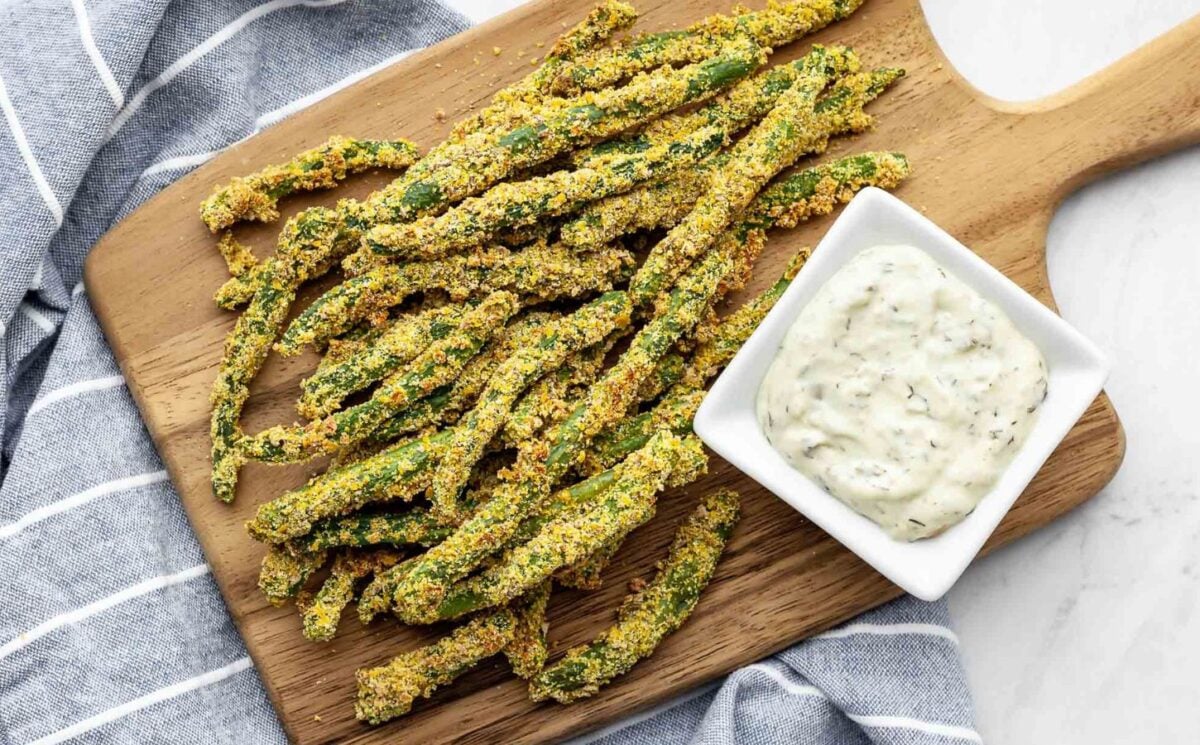
Molly Patrick, the recipe creator behind Clean Food Dirty Girl, created this recipe as a nutritious spin on traditional French fries. It involves baking green beans after coating them in a mix of ground flax, sprouted bread, cornmeal, and nutritional yeast.
Find the recipe here.
Gluten-free vegan waffles
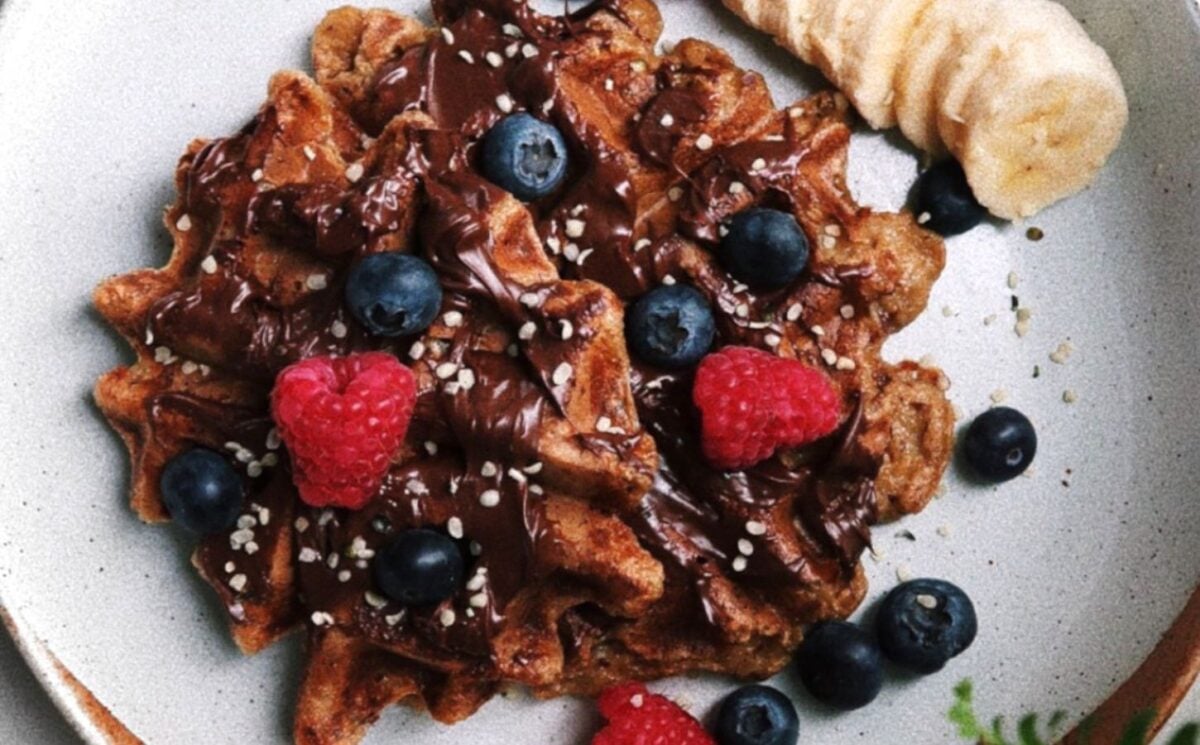
Rachal Ama’s waffle recipe also combines flax with oats for a gluten-free, high-protein, and omega-3-rich dish. Perfect for breakfast, dessert, or all day every day.
Find the recipe here.
Cheese and tomato quiche
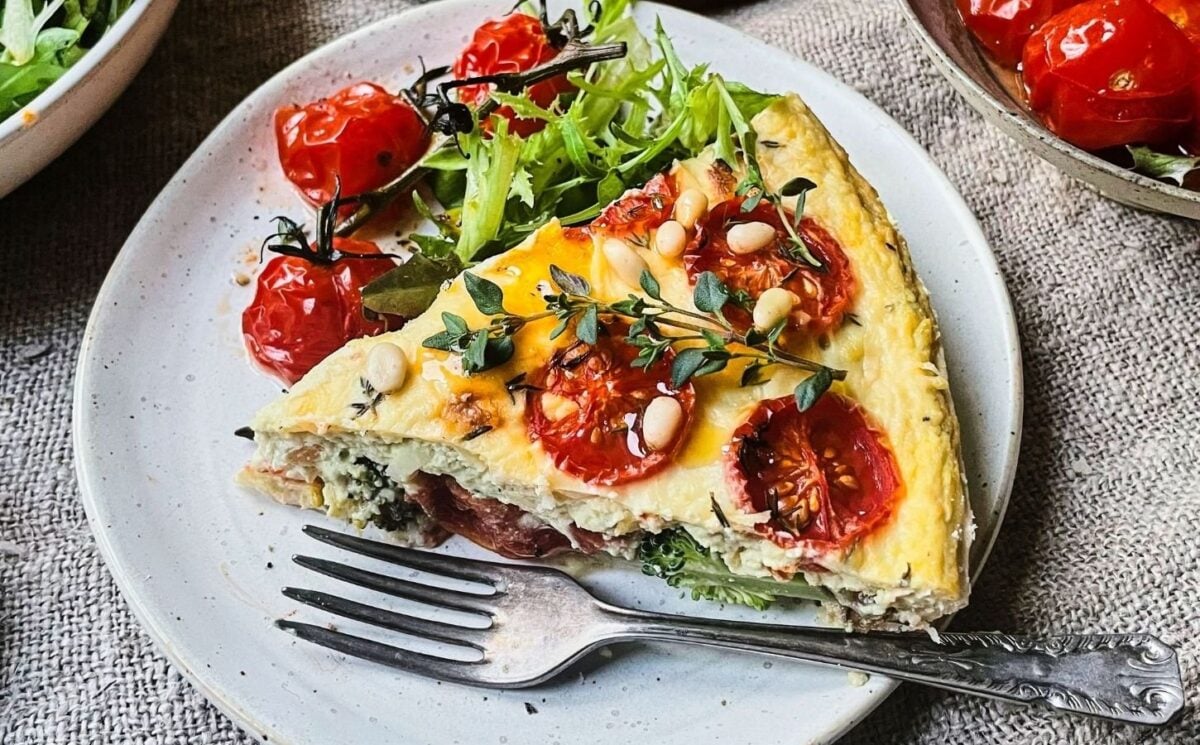
Another vegan quiche recipe, this one from Viva!’s Vegan Recipe Club incorporates ground flax into the crust as a nutritious natural binder. Meanwhile, the filling combines firm tofu – the most nutritious variety – with vegan cream cheese, herbs, and nutritional yeast.
Find the recipe here.
Leak and blue cheese quiche
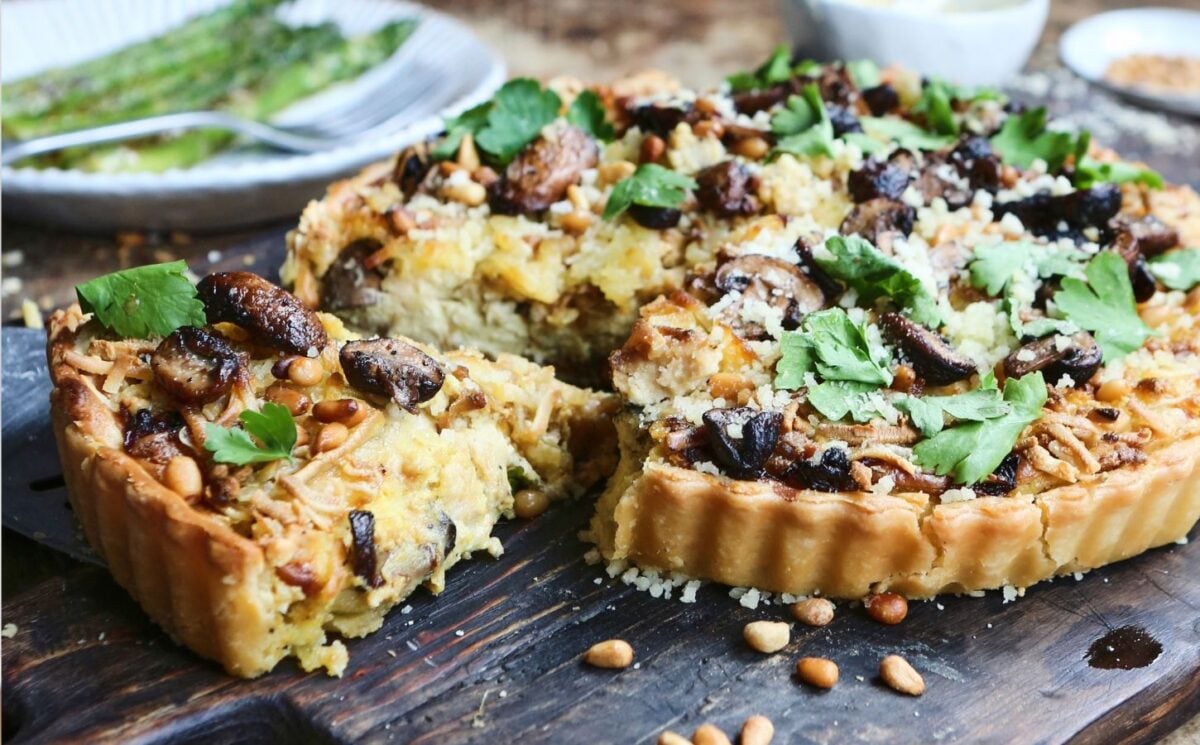
One final quiche, again coming to us from Viva!’s Vegan Recipe Club, also incorporates ground flax seed to bind the crust ingredients together. It incorporates two different varieties of shop-bought vegan cheese, as well as a from-scratch filling flavored with Kala Namak.
Find the recipe here.
Read more: 11 Black Bean Recipes – And Their Incredible Health Benefits


